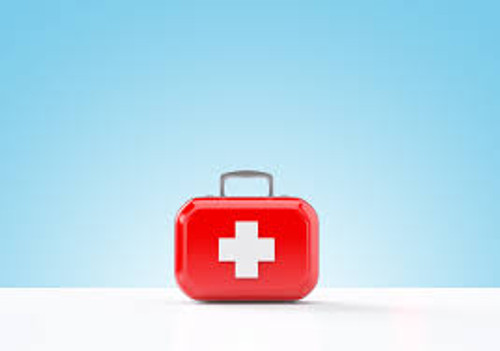How to Treat and Prevent Chafed Skin
Posted by Jack Miller on 3rd Jun 2020
Chafed skin is, unfortunately, a very common occurrence for all people walking and moving. Thankfully, there are modern solutions to prevent skin chafing. If, however, you did not take the right precautions and your skin is chafing, it is important for you to take care of the condition. Below we outline the most effective ways to treat chafed skin.
Don't Ignore It
As soon as you notice your skin is chafed, you should give it the proper care and attention it needs. Many people don’t take chafed skin seriously enough and ignore any signs of chafing. This, however, can have long-term and painful consequences.
Clean the Chafed Area
Gently use a soft towel or cloth and clean the chafed area of skin. This will ensure no dirt or hardened minerals are irritating your chafed area. Wash the area gently with warm water and then pat the area dry thoroughly with a clean towel or cloth.
Let the Area Rest
If your chafed area has open cuts or sores, you should wait until the open cuts have begun to heal over before you apply any additional ointments or lotions. Try to wear loose clothing during this time and avoid wearing anything that is tight against your chafed skin.
Apply a Soothing Treatment
Once any open wounds have healed over, apply a lotion or chafing treatment of your choice. Popular choices include…
• Aloe vera
Aloe vera has been used for many years on chafed skin and is popular due to its cooling and soothing properties. Aloe vera may help to reduce inflammation around your chafed rash and calm any irritation.
• Petroleum jelly
Many athletes believe applying petroleum jelly to chafed skin can help to reduce further irritation around the chafed area.
• Coconut oil
People believe coconut oil can help wounds to heal and soothe chafed skin. Rubbing coconut oil into your chafed skin will help soothe the area, but it should be noted it will not prevent further chafing.
Let Your Body Heal
Give your body adequate rest time before you attempt any exercise or activities that may harm your inner thigh chafing. Continued friction and pressure will only make your chapped area worse and could cause your chafed skin to become infected.
Seek Medical Advice
If after a few days your chafing becomes worse, swells up or begins to bleed, you should seek the advice and help of a medical professional.
Prevent Future Chafed Skin
The final step to recovery is to prevent future chafing of the skin. Ensure you have high-quality thigh guards to wear the next time you put yourself in a situation where your skin could potentially come under continuous pressure and chafe.
Contact No More Chafe
To learn more about thigh guards, contact No More Chafe today. We can help ensure that you never have to experience painful, disruptive chafing again. If you have any questions, such as, how do thigh bands work, and which size thigh guard is right for you, do not hesitate to get in touch with a member of our team today.

